Introduction
The unexpected jolt of a car collision can wreak havoc on your body, often leaving behind a nagging trail of aches and pains. Among these, upper back pain stands out as a prevalent concern. If you’ve recently been involved in a car accident and are grappling with this discomfort, you’re not alone. Let’s delve deeper into the causes, treatments, and ways to manage this common post-accident affliction.
Understanding Upper Back Pain After a Car Accident
The sudden impact of a car accident can exert immense force on your body, causing muscles, ligaments, and tissues in your upper back to stretch or tear. This trauma can ignite a cascade of inflammatory responses, leading to pain, stiffness, and reduced mobility. Additionally, the jarring motion of the accident may jolt the vertebrae in your upper back out of alignment, further contributing to discomfort.
The intensity and duration of upper back pain after a car accident can vary widely depending on the severity of the impact and your overall health. For some, the pain may be mild and resolve within a few days or weeks. However, if the accident caused significant damage to the muscles or tissues in your upper back, you may experience chronic pain that requires ongoing treatment.
Recognizing the potential causes of upper back pain after a car accident is crucial for effective management. By understanding the underlying mechanisms, you can work with your healthcare provider to develop a personalized treatment plan that addresses the specific challenges you’re facing.
Upper Back Pain from Car Accidents: Causes and Effects
Whiplash is a common car accident injury that can cause sharp, stinging, upper back pain. It occurs when the head is suddenly forced back and forth, straining the muscles and ligaments in the neck and upper back. Depending on the severity of the accident, whiplash recovery can take weeks or even months.
Upper back pain from a car accident can also be caused by muscle strains or sprains. These injuries occur when the muscles or ligaments in the upper back are overstretched or torn. This can happen when the body is jolted or twisted during an accident.
Causes of Upper Back Pain
The sudden impact of a car accident can cause a variety of injuries to the upper back, including:
- Muscle strains or sprains
- Ligament tears
- Broken bones
- Herniated discs
- Nerve damage
The severity of the injury will depend on the force of the impact and the position of the body at the time of the accident. In some cases, upper back pain may be accompanied by other symptoms, such as numbness, tingling, or weakness in the arms or hands.
Muscle Strains and Sprains
Muscle strains and sprains are the most common causes of upper back pain after a car accident. A muscle strain occurs when a muscle is overstretched or torn. A ligament sprain occurs when a ligament is overstretched or torn. Ligaments are tough bands of tissue that connect bones to each other.
Muscle strains and sprains can cause a variety of symptoms, including:
- Pain
- Swelling
- Bruising
- Tenderness
- Limited range of motion
The severity of the symptoms will depend on the severity of the injury. In most cases, muscle strains and sprains will heal within a few weeks with rest, ice, and physical therapy.
Upper Back Pain from Car Accidents: A Comprehensive Guide
If you’ve recently been involved in a car accident, you may be experiencing a nagging pain in your upper back. This is a common complaint after such incidents, and it can be caused by a variety of factors. Understanding the symptoms, causes, and treatment options for upper back pain from car accidents can help you find relief and get back on the road to recovery.
Symptoms of Upper Back Pain
Pain in the upper back, neck, or shoulders is the most common symptom. This pain can range from mild to severe and may worsen with certain movements or activities. Other symptoms include:
- Numbness or tingling in the arms or hands
- Headaches
- Dizziness
- Fatigue
- Muscle spasms
Causes of Upper Back Pain
The force of a car accident can put a tremendous amount of stress on your body, causing injuries to the muscles, ligaments, and bones in your upper back. Some common causes of upper back pain after a car accident include:
- Whiplash: This is a neck injury that occurs when your head is suddenly jolted forward and backward. It can stretch or tear the muscles and ligaments in your neck and upper back.
- Herniated disc: This is a condition in which the soft, jelly-like center of an intervertebral disc pushes through the tough outer layer of the disc. A herniated disc can press on the nerves in your upper back, causing pain and other symptoms.
- Muscle strain or sprain: These are injuries to the muscles or ligaments that connect your bones. They can occur when your muscles are stretched or torn beyond their normal limits.
- Bone fracture: A broken bone in your upper back can also cause pain and other symptoms.
Treatment Options for Upper Back Pain
The treatment for upper back pain from a car accident will depend on the severity of your injury. Some common treatment options include:
- Rest
- Ice
- Heat
- Physical therapy
- Massage
- Medication
- Surgery
Upper Back Pain From Car Accident
Have you recently been involved in a car accident and are now experiencing upper back pain? If so, you’re not alone. A car accident can cause a variety of injuries, including upper back pain. The impact of the accident can strain or injure the muscles, ligaments, and tendons in your upper back.
While many people think of whiplash when they think of car accident injuries, upper back pain is a common symptom as well. The upper back is made up of many muscles, ligaments, and bones, and a car accident can injure any of these structures.
If you’re experiencing upper back pain after a car accident, it’s important to see a doctor to rule out any serious injuries. Once any serious injuries have been ruled out, there are a number of things you can do to treat your upper back pain.
Treatment for Upper Back Pain
Treatment for upper back pain after a car accident typically involves rest, ice, and pain medication. In some cases, physical therapy may also be helpful.
Rest is important for giving your upper back time to heal. Ice can help to reduce inflammation and pain. Pain medication can also help to relieve pain. In some cases, physical therapy may be helpful in strengthening the muscles in your upper back and improving your range of motion.
If you’re experiencing upper back pain after a car accident, it’s important to see a doctor to rule out any serious injuries. Once any serious injuries have been ruled out, there are a number of things you can do to treat your upper back pain. Rest, ice, pain medication, and physical therapy can all be helpful in reducing pain and improving function.
When to See a Doctor
It’s important to see a doctor if your upper back pain is severe or doesn’t improve with home treatment. You should also see a doctor if you have any of the following symptoms:
- Numbness or tingling in your arms or hands
- Weakness in your arms or hands
- Difficulty breathing
- Chest pain
- Headache
- Dizziness
- Nausea or vomiting
- Getting regular exercise can help to strengthen your muscles and improve your posture.
- Losing weight if you’re overweight or obese can help to reduce the amount of stress on your back.
- Using a back support pillow when you sleep can help to keep your spine in alignment.
- Avoiding smoking can help to improve your circulation and reduce inflammation.
- Managing stress can help to reduce muscle tension and pain.
- Whiplash: The sudden back-and-forth motion of your head and neck during a car accident can cause whiplash, leading to pain, stiffness, and headaches.
- Muscle strains and sprains: The impact of the crash can strain or sprain the muscles and ligaments in your upper back, causing pain and discomfort.
- Vertebrae fractures: In more severe accidents, the force of the impact can fracture one or more vertebrae in your upper back, resulting in significant pain and loss of mobility.
- Pain in the upper back, neck, or shoulders
- Stiffness and reduced range of motion
- Headaches or migraines
- Numbness or tingling in the arms or hands
- Rest and immobilization: In the initial stages, rest and immobilization of the affected area can help reduce pain and inflammation.
- Pain relievers: Over-the-counter pain relievers, such as ibuprofen or acetaminophen, can help alleviate pain.
- Physical therapy: Physical therapy can help strengthen the muscles and ligaments in your upper back, improve range of motion, and reduce pain.
- Massage therapy: Massage therapy can help relieve muscle tension and promote relaxation.
- Chiropractic care: Chiropractic adjustments can help improve spinal alignment and reduce nerve pain.
- Surgery: In severe cases, surgery may be necessary to repair fractured vertebrae or relieve nerve compression.
- Wear your seatbelt: Seatbelts help keep you in place during a collision, reducing the risk of whiplash and other injuries.
- Adjust your seat: Make sure your seat is positioned correctly so that you can maintain a safe distance from the steering wheel and airbag.
- Strengthen your core: Strong core muscles can help stabilize your spine and reduce the risk of back injuries.
- Avoid driving while fatigued: Fatigue can impair your reaction time and increase the likelihood of an accident.
- Be aware of your surroundings: Pay attention to the road and other vehicles to avoid potential hazards.
Upper Back Pain from Car Accidents
Upper back pain is a common complaint after a car accident, and it can be caused by a variety of factors, including muscle strain, ligament sprains, and whiplash. The pain can range from mild to severe, and it can last for days, weeks, or even months. If you’re experiencing upper back pain after a car accident, it’s important to see a doctor to rule out any serious injuries. Once you’ve been cleared by a doctor, there are a few things you can do to help relieve your pain, such as applying ice, taking over-the-counter pain medication, and getting regular chiropractic adjustments.
Prevention of Upper Back Pain
There are a few things you can do to help prevent upper back pain after a car accident, such as wearing a seatbelt and maintaining good posture while driving. Wearing a seatbelt helps to keep you in place in the event of a collision, which can help to prevent your head and neck from snapping back and forth. Maintaining good posture while driving helps to keep your spine in alignment, which can also help to prevent pain. In addition, you should avoid driving for long periods of time without taking breaks. Getting out of the car and walking around every few hours can help to prevent your muscles from getting stiff and sore.
Treatment for Upper Back Pain
If you’re experiencing upper back pain after a car accident, there are a few things you can do to help relieve the pain. Applying ice to the affected area can help to reduce inflammation and pain. Taking over-the-counter pain medication, such as ibuprofen or acetaminophen, can also help to relieve pain. Getting regular chiropractic adjustments can help to realign your spine and reduce pain. In some cases, physical therapy may also be helpful for relieving upper back pain.
When to See a Doctor
If your upper back pain is severe or if it doesn’t improve with home treatment, it’s important to see a doctor. Your doctor can rule out any serious injuries and recommend the best course of treatment for your pain. If your pain persists or if you have any other symptoms, such as numbness, tingling, or weakness in your arm or hand, it’s important to see a doctor right away.
Additional Tips
In addition to the tips above, there are a few other things you can do to help prevent and relieve upper back pain. These include:
If you’re experiencing upper back pain after a car accident, it’s important to take steps to relieve the pain and prevent it from becoming chronic. By following the tips above, you can help to get back on the road to recovery.
Upper Back Pain From Car Accident: A Guide to Causes, Treatments, and Prevention
A car accident can be a jarring experience, leaving you with a variety of injuries, including upper back pain. The force of the impact can strain, sprain, or even fracture the muscles, ligaments, and bones in your upper back. If you’re experiencing upper back pain after a car accident, it’s crucial to seek medical attention promptly to rule out any serious injuries.
Common Causes of Upper Back Pain After a Car Accident
There are various factors that can contribute to upper back pain after a car accident. These include:
Symptoms of Upper Back Pain
The symptoms of upper back pain can vary depending on the severity of your injury. Common symptoms include:
Treatment Options
The treatment for upper back pain after a car accident will depend on the underlying cause and severity of your injury. Common treatment options include:
Prevention Tips
While not all car accidents are preventable, there are certain measures you can take to reduce the risk of upper back pain:
Conclusion
Upper back pain after a car accident can be a debilitating condition, affecting your daily life and well-being. By understanding the common causes, symptoms, and treatment options, you can take proactive steps to address your pain and prevent further complications. If you experience upper back pain after a car accident, don’t hesitate to seek medical attention to rule out any serious injuries and receive appropriate treatment.
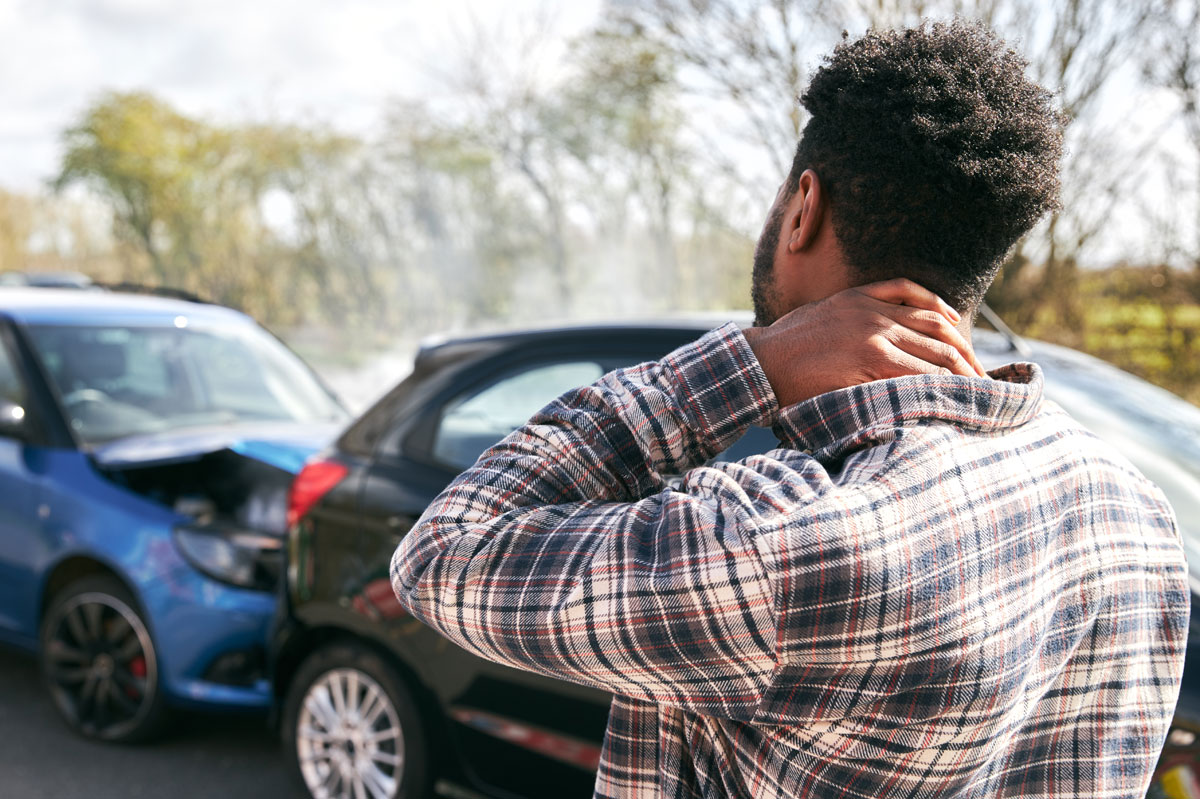
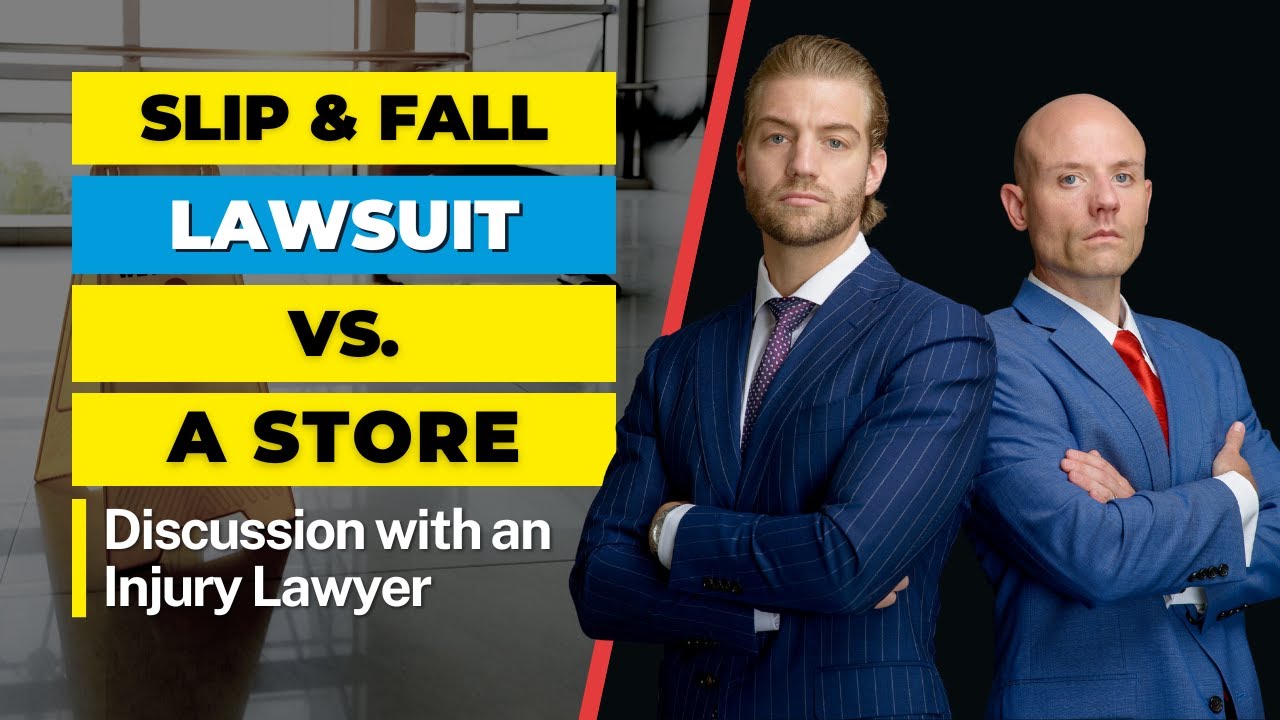
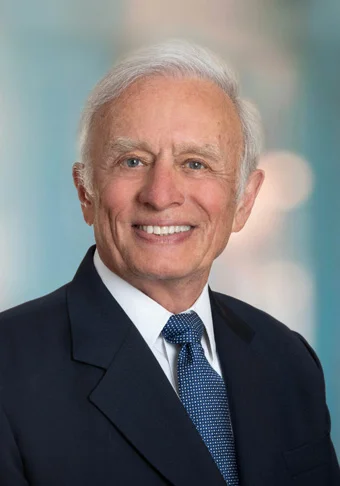
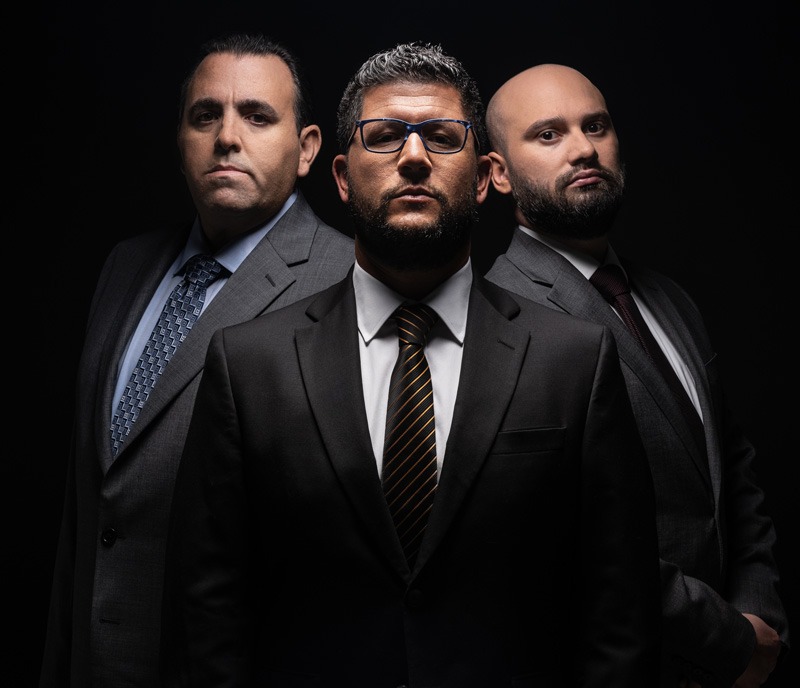
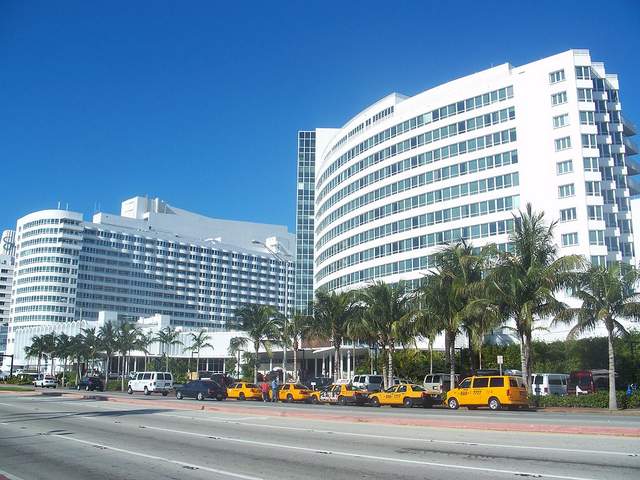
Leave a Reply